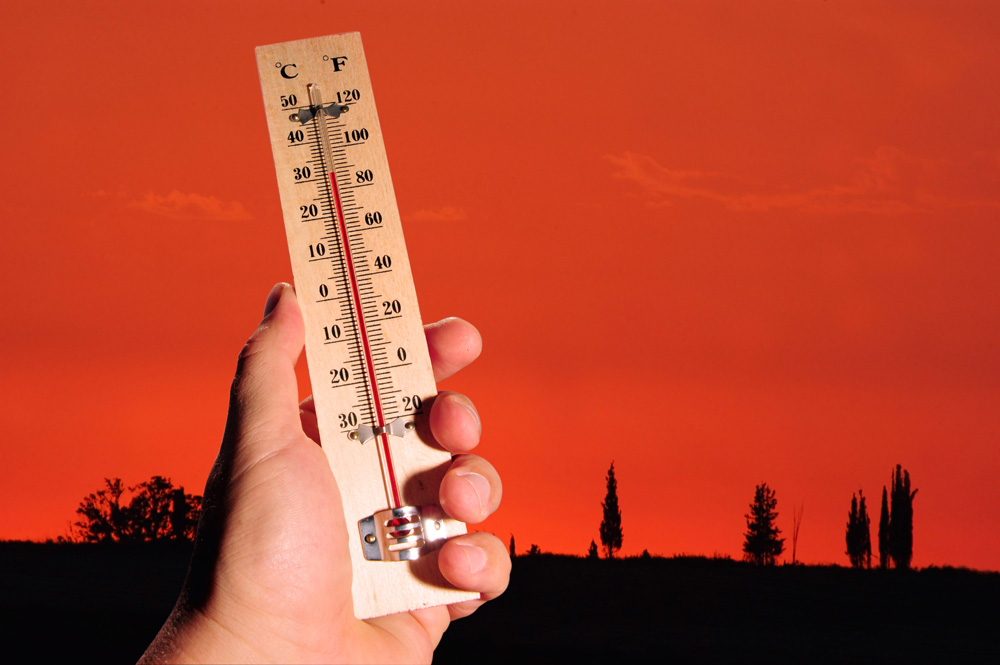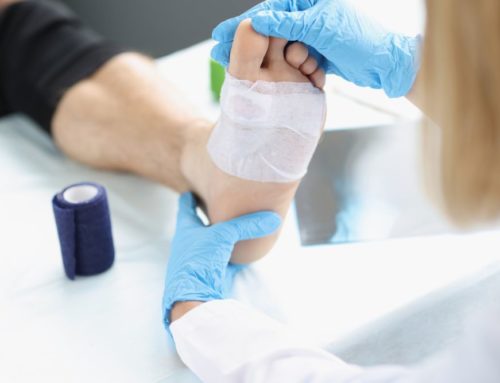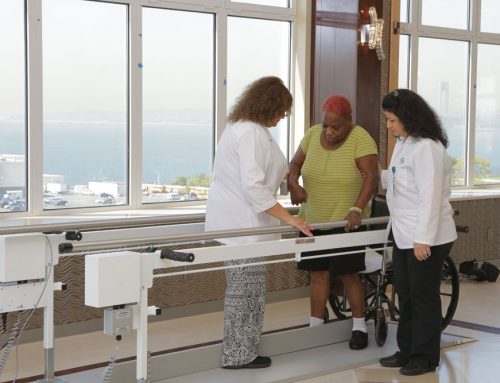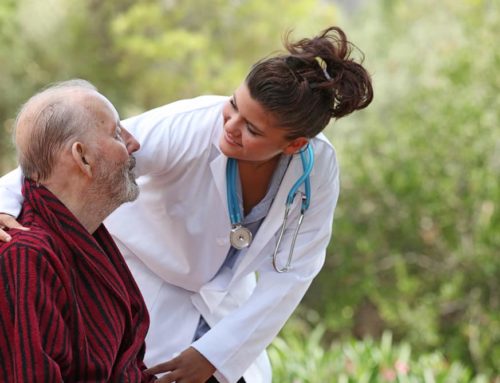Heat stroke, also called sunstroke, occurs when the body’s temperature rises to 104° Fahrenheit. It is most common during the summer, causing heat-related illnesses, such as heat exhaustion, cramps, or fainting. Prolonged exposure to high temperatures can even cause severe damage to the brain, kidneys, heart, and central nervous system. Learning how to prevent heat stroke is the best way to avoid such medical issues.
Do seek medical assistance immediately if you think you have heat injury as this article is for education purpose only.
There are a few ways that you can reduce your chances of getting heatstroke. The most obvious option is to stay out of the heat altogether, though this isn’t always a possibility. When you have to be outside, staying cool in hot weather and watching for heat stroke symptoms is essential. For more information on this topic, check out the following information.

Ways to Prevent Heat Stroke
There are several ways to avoid heat stroke, even when you need to be outside on those extra-hot days. Avoid heavy clothing, instead sticking to light, loose-fitting pieces that allow airflow between the fabric and your skin. Wearing lighter colors is best since darker clothing attracts the sun, making you hotter.
When your skin burns, it can’t cool you as well as usual, so wearing sunscreen is also important. Choose one with SPF 15 or higher, applying a heavy layer and reapplying frequently throughout the day. Adding sunglasses and a wide-brimmed hat offers even more sun protection to prevent heat stroke.
Drinking plenty of fluids replenishes what you’re sweating out, preventing dehydration. Choose water or sports drinks over juice and soft drinks. Alcohol increases dehydration and reduces the body’s ability to regulate temperature, so should be avoided. Though you may want to cool off with cold drinks, they could cause stomach cramps, so room temperature is best.
Sporting activities and strenuous exercise should be avoided on those extra-hot days. If you can’t reschedule, be sure to take frequent breaks. To prevent heat stroke, sit somewhere cool, drink plenty of fluids, and rest whenever possible.
Some medications can affect the body in unexpected ways. Certain meds can reduce your body’s hydration and heat dissipation abilities. Others cause sun sensitivity, resulting in a rash, sunburn, or other side effects. If on these types of medications, it may be best to stay inside where it’s cool.
Signs of heat stroke
As the body’s temperature raises to the point of heat stroke, you may experience a variety of symptoms. Dizziness, light-headedness, and fainting are the most common, though there are others to watch for. A throbbing headache, rapid heartbeat, and fast, shallow breathing could also occur if you don’t take steps to prevent heat stroke.
Many people experience nausea, vomiting, muscle weakness, cramps, or red skin. Despite the high heat, a lack of sweating occurs, due to severe dehydration. Behavioral changes may also occur, such as confusion, staggering, slurred speech, and irritability. Even seizures or comas are possible heat stroke symptoms.
If you notice any of these signs in yourself or others, take the necessary steps to cool down. You should also seek medical attention to ensure no permanent damage occurs.
This content comprises informative and educational resources only and can not be considered as a substitute for professional health or medical guidance. Reliance on any information provided in this article is solely at your own risk. If you have any inquiries or apprehensions about your medical condition or health goals, talk with a licensed physician or healthcare provider.






Leave A Comment